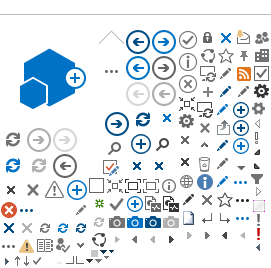Defining price versus affordability
Defining the 'affordability' of telecom services can be very hard. This question can be answered statistically in different ways, depending on whether we examine:
-
Direct comparisons between different operators in a single country or over time. Prices can vary due to: contract length; volume of minutes; text and data allowances; and whether a handset is included.
-
International comparisons: may require adjustments for exchange rates and purchasing power parity between different countries.
Standardized price baskets can be used to compare prices between operators and/or countries. Prices can strongly impact the profitability of mobile operators, and their ability to survive, upgrade and reinvest in networks. Prices for initial service launches may be high ('premium pricing'), but usually fall as services are rolled out across larger subscriber bases (sometimes due to 'economies of scale' or 'predatory pricing').
The 'price' of telecom/ICT services is often cited as a barrier to using telecom services, but what really matters is the 'affordability' or ease of purchasing a service, relative to consumer income. Prices can be expressed as a percentage of Gross National Income (GNI) per capita to show prices relative to the size of the economy of each country, thus pointing to the affordability of each ICT service at country level. Such national averages may not indicate that ICT services are affordable for poorer social classes, or any particular household or individual. Beyond national averages, taking into consideration the distribution of income or consumption in a country may provide further insights into affordability – such as how much ICT services cost relative to the income of the lowest-earning 40% of the population.
Baskets provide a helpful standard benchmark for comparisons , but they have some drawbacks: there are many other packages available to consumers; they may not take account of the evolving consumer behavior over time; and they use a 'weighted average' price, irrespective of number of subscribers that use it.
The ITU Expert Group on Telecommunication/ICT Indicators (EGTI) maintains a set of baskets that represent the variety of consumption patterns in developing and developed countries around the world. These include a fixed broadband, a mobile cellular low-usage, a mobile broadband data-only as well as high- and low-consumption data and voice baskets.
For affordability,
ITU monitors price trends for the five baskets at the global, as well as at country level. While overall, the basket prices are declining, there is still a number of countries where data and telecom services are relatively unaffordable, costing above 10% of GNI per capita.
